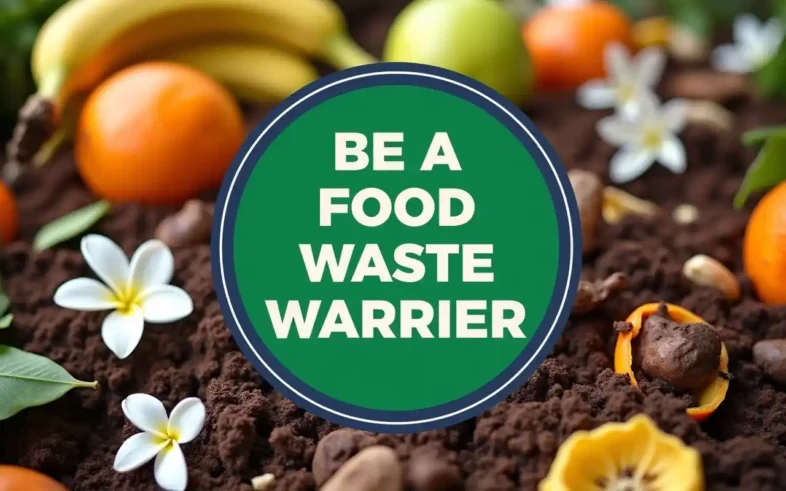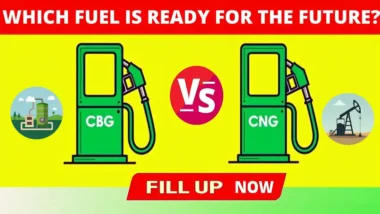Did you know that for every tonne of food waste diverted from landfill using anaerobic digestion, up to 1.9 tonnes of carbon dioxide emissions are avoided? As the UK rushes to meet the 2026 “Simpler Recycling” deadline, England’s councils face not only an urgent climate responsibility but also a hidden environmental threat: microplastics.
This article uncovers the race, risks, and enormous benefits of adopting cutting-edge anaerobic digestion food waste solutions—revealing how the choices councils make today will impact environmental health and public wellbeing for decades to come.
Startling Figures: The High Stakes of Anaerobic Digestion Food Waste Management
The scale of England’s new food waste mandate is eye-watering. By April 2026, every council must ensure weekly collections for household food waste—the goal being to divert organic matter from landfill and instead harness it for renewable energy. This shift has triggered fierce competition among councils to secure the most cost-effective processing contracts, known as “gate fees.”
The economic implications are huge: with millions of tonnes of food waste poised to shift from landfill to anaerobic digestion plants, the financial stakes are high, and missteps could have severe long-term costs. But economics isn’t the only urgency. Older depackaging machines, tasked with removing plastic from food before processing, often shred packaging and generate sizable amounts of microplastics.
These invisible contaminants, introduced via digestate back onto UK farmland, threaten soil health, waterways, and even the human food chain.
Councils now bear the immense responsibility to weigh cost-effective food waste recycling against the ecological impact of potential microplastic pollution, knowing that decisions made in haste could have irreversible repercussions.
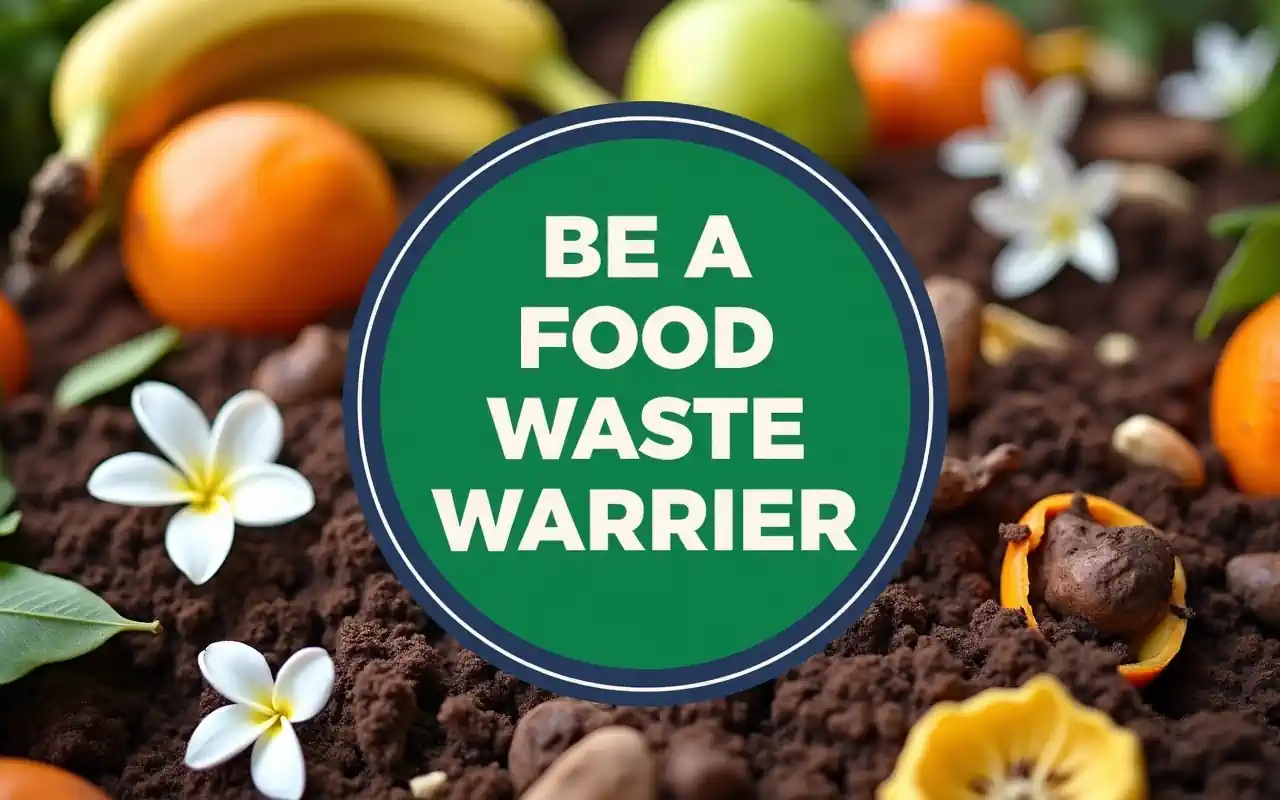
Why England’s Councils Are Racing Against Microplastics and Time
England’s local authorities are in a race not just against the 2026 deadline, but against the growing build-up of microplastics in our environment. The stakes have shifted from mere compliance to protecting the future of British soils and waterways.
Councils must make critical choices: stick with outdated machinery and risk sowing microplastic pollution for generations, or invest in advanced anaerobic digestion food waste separation systems that promise cleaner outputs and fewer contaminants.
This pressure isn’t just administrative—it’s environmental and deeply personal for communities whose health and wellbeing are at stake.
“Every tonne of food waste diverted from landfill through anaerobic digestion prevents up to 1.9 tonnes of CO2 emissions, but the process must be done right to avoid trading one problem for another.” – Environmental Protection Agency
What You’ll Learn About Anaerobic Digestion Food Waste
- Key concepts behind anaerobic digestion food waste
- How the digestion process works for food waste recycling
- The risks of microplastics from older depackaging machines
- The benefits of advanced anaerobic digestion technologies
- The economic and environmental stakes for councils
- Current regulatory and deadline pressures in England
Anaerobic Digestion – Food Waste Explained: Processes and Key Terms
Anaerobic digestion of food waste is a process that uses naturally occurring microorganisms to break down organic matter in the absence of oxygen. In practical terms, household and commercial food wastes are introduced into sealed digesters where bacteria convert waste into two valuable products: biogas (mainly methane and carbon dioxide) and a nutrient-rich material called digestate.
The biogas produced is a form of renewable energy, capable of powering homes when injected into the national gas grid or used on-site for combined heat and power (CHP) systems. Meanwhile, digestate, once decontaminated of plastics and heavy metals, can be returned to farmland to boost soil fertility.
Key terms you’ll encounter include organic matter (the food waste or biomaterial), gate fee (the processing cost per tonne), depackaging (removing non-organic packaging), and microplastics (tiny synthetic contaminants).
Understanding these terms is vital for councils and the public alike, as the efficiency, costs, and environmental impact of food waste recycling depend directly on how well these processes are managed.
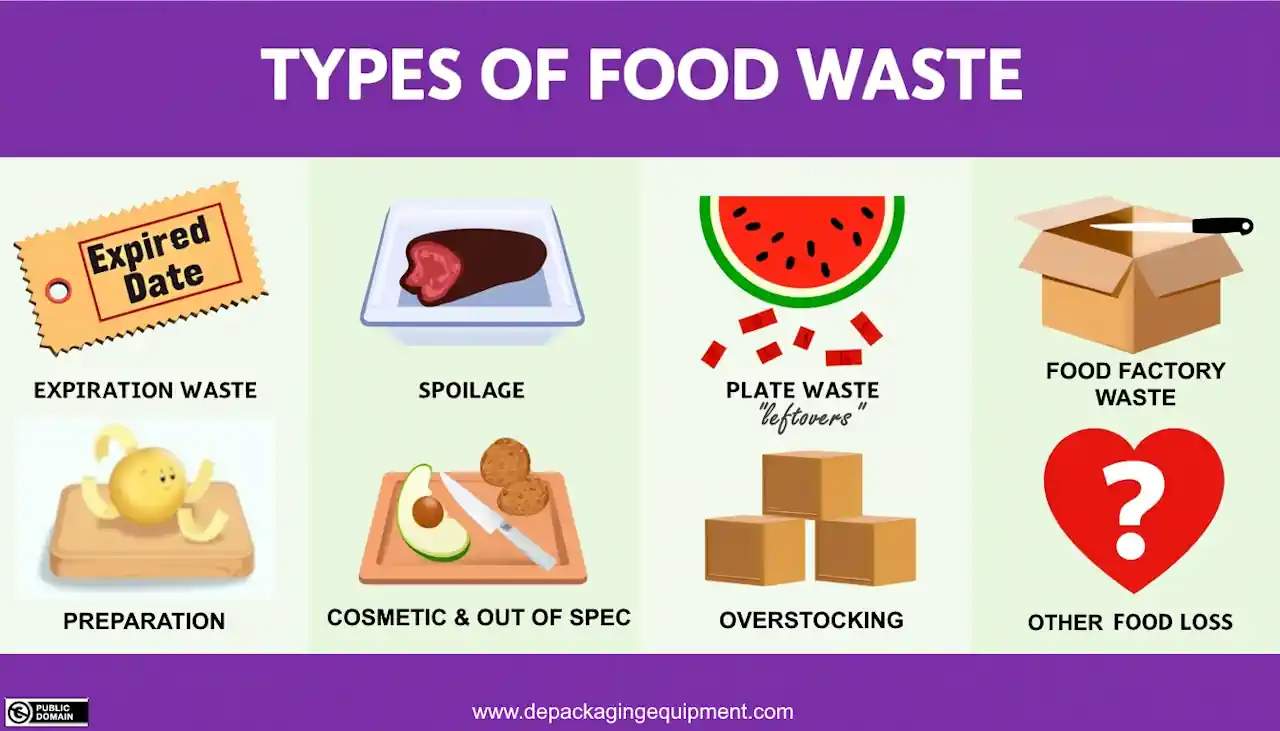
The Digestion Process: From Food Waste to Renewable Energy
The digestion process begins when food waste is delivered to a depackaging machine, which separates biodegradable material from its packaging. Modern, non-destructive machines use carefully controlled physical techniques to peel or pop containers open, preserving the integrity of plastics and metals for recycling, rather than shredding them.
After separation, the organic slurry is blended and pumped into an anaerobic digester tank, where microbes begin to break down the material in a tightly controlled, oxygen-free environment.
Over several weeks, bacteria convert organic material into a mix of methane and carbon dioxide, collectively known as biogas. This biogas can then be combusted on-site for combined heat and power, or upgraded and injected into the national gas grid to replace natural gas from fossil fuel sources.
The digestate, a valuable residue, is further treated to ensure it is safe from microplastic and heavy metal contamination before use as a rich biofertiliser on arable land—closing the loop for a truly circular waste solution.
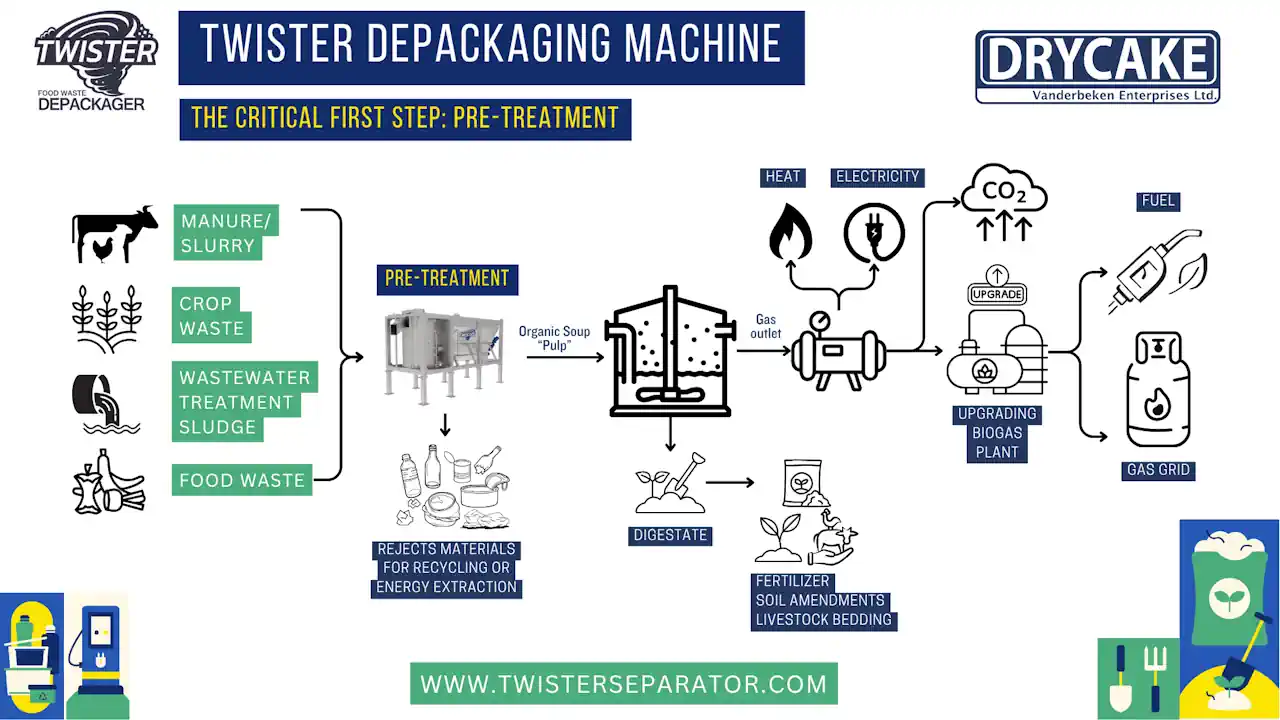
Organic Matter Transformation and Waste Recycling Benefits
Organic matter—whether vegetable trimmings, expired groceries, or plate scrapings—finds new purpose in anaerobic digestion food waste systems. Not only does this reduce landfill dependency and methane leaks (a potent greenhouse gas), but the process transforms waste into two highly valuable outputs: renewable energy and nutrient-dense soil conditioner.
Councils adopting advanced recycling processes help us improve both local and national environmental performance, turning problematic waste into community assets. Traditional disposal methods resulted in food waste slowly emitting methane and carbon dioxide as it decayed in landfill.
By contrast, controlled anaerobic digestion captures these gases for direct use as renewable energy, thereby shrinking our reliance on fossil fuel imports and slashing the UK’s carbon footprint.
The digestate, if free from contaminants like plastics, physically improves the structure of agricultural soils, locking in nutrients for sustainable crops, while addressing the cycle of organic material in our economy.
| Feature | Anaerobic Digestion | Composting |
|---|---|---|
| Gate Fees | Often lower due to energy and gas sales offsets | Typically higher, few energy outputs |
| Digestate Quality | High if advanced depackaging is used, low microplastic risk | Risk of plastic if input isn’t well sorted |
| Microplastic Risk | Minimal if non-shredding depackaging is applied | Higher when incoming waste contains packaging/plastic |
| Renewable Energy Output | Produces biogas for heat, power, and the gas grid | No energy output; material is stabilised for land application |
| Regulatory Compliance | Increasingly favoured for meeting waste and energy targets | Often compliant, but struggles to deliver net-zero |
Modern Anaerobic Digestion Food Waste Separation Technologies
The most significant frontier in the anaerobic digestion of food waste lies in the pre-treatment phase: separating organic food matter from its packaging. Legacy systems relied heavily on shredders, crushers, or mills that, while quick, often pulverised plastics into problematic microfragments.
Modern innovations, however, harness centrifugal and non-destructive technologies, offering a true leap forward in both recycling rates and digestate purity. Leading-edge machines leverage advanced control mechanisms, spinning food—still inside its packaging—at high velocity to “pop” or “peel” the container open rather than shredding it into pieces.
The result? Significantly less microplastic production, cleaner organic pulp for biogas processing, and packaging materials left intact for onward recycling or, if not recyclable, safe energy recovery. For councils under regulatory and environmental pressure, investing in advanced separation is a wise and environmentally robust choice.
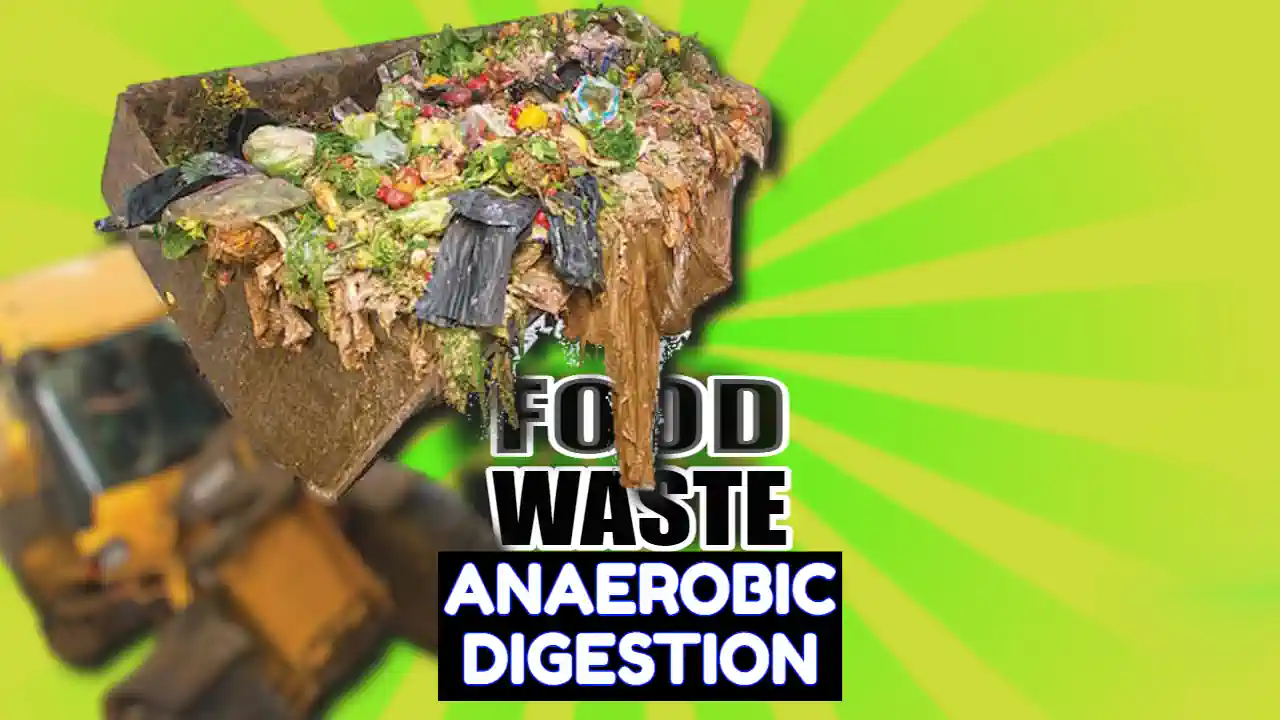
Anaerobic Digester Innovations: Centrifugal and Non-Destructive Systems
Modern anaerobic digester innovations prioritise the integrity of packaging and food separation. Centrifugal technology, often employed in new-generation depackagers, uses spinning force and carefully engineered physical movement rather than brute mechanical impact.
This allows soft organic matter to be released from rigid containers, with plastics, metals, or glass remaining largely undamaged and easily recoverable for further recycling.
Operators overseeing these automated systems appreciate the ability to deliver high-purity inputs into digesters, raising biogas yields and reducing downstream contamination headaches. Non-destructive depackaging isn’t just about environmental protection—it can materially reduce the running costs of AD plants.
Fewer microplastics in the digestate mean easier compliance with agricultural land-spreading regulations, while cleanly separated packaging often fetches better returns from recyclers. As food waste tonnages rise and scrutiny increases, advanced machines will be essential to help us improve both waste recycling efficiency and environmental stewardship.
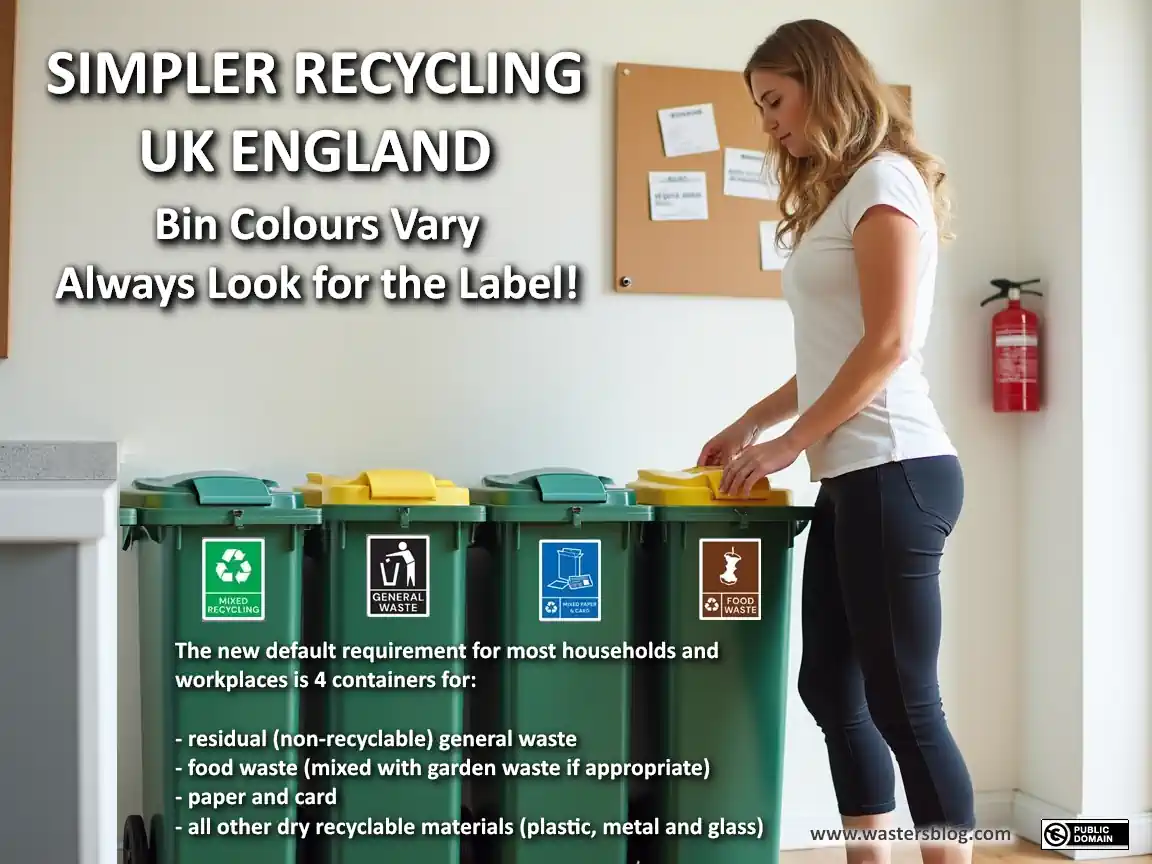
How Do Advanced Machines Help Us Improve Food Waste Recycling?
- Advantages of non-shredding depackagers: These systems avoid chopping plastic into micro- or nanoplastics, instead cleanly opening containers and leaving packaging largely whole. This is pivotal for achieving the highest quality digestate for land applications.
- How recycling rates are increased: Intact packaging materials—from tin cans to plastic bottles—can be more effectively sorted, baled, and sold to recycling processors rather than discarded or incinerated.
- Reducing heavy metals and plastics in digestate: Modern machines minimise the risk of contaminants, producing digestate compliant with UK and EU standards for agricultural use, safeguarding soil and human health for the long term.
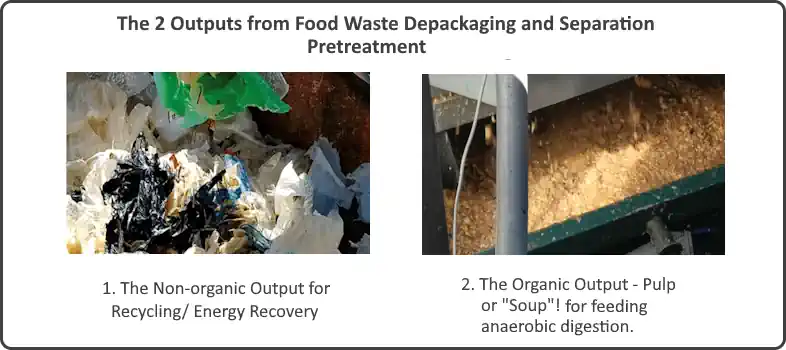
Economic and Environmental Impacts of Anaerobic Digestion of Food Waste
The economic appeal of anaerobic digestion food waste is clear—it powers local economies, lowers council costs, and creates domestic energy. However, the balance between financial gain and environmental compliance is delicate. Councils must consider not just upfront gate fees, but the longer-term costs associated with polluted soils, failing to meet recycling targets, or attracting regulatory penalties.
When handled properly, modern AD systems can help us meet both economic and sustainability targets, creating a win-win for ratepayers and the environment. Environmentally, adopting AD slashes landfill emissions, cuts local authorities’ contribution to the UK’s carbon footprint, and delivers a renewable alternative to natural gas.
Digestate, made safe and pure, replaces chemical fertilisers and supports healthier agricultural soils. But these benefits only materialise if councils avoid the microplastic trap—meaning investment in modern, non-shredding separation is non-negotiable.
Gate Fees, Cost Savings, and Long-Term Risk Reduction
Councils are driven to secure the lowest possible gate fees for each tonne of food waste processed.
While this might seem like straightforward procurement, the true cost may be hidden. Facilities using outdated shredding depackagers may offer lower upfront costs, but the resulting microplastic-laced digestate brings high future risks—including the remediation of polluted farmland, water purification, and even potential legal liabilities.
On the flip side, investing in advanced AD technology and non-shredding depackagers can reduce operational downtime, contaminated batch rejections, and agricultural land withdrawal due to soil contamination.
The smallest margin saved now can be vastly outweighed by the financial and reputational costs of environmental damage tomorrow. For councils striving for true sustainability, total lifecycle analyses and robust tendering processes are essential tools.
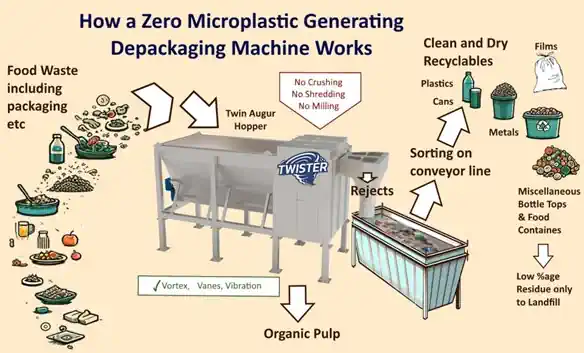
Environmental Hazards: Plastic, Microplastics, and Soil Health
The long-term application of microplastic-laden digestate to agricultural lands has been linked to alarming build-ups of tiny plastic fragments in soils across England.
These microplastics have been found in earthworm guts, watercourses, and even in supermarket vegetables—demonstrating just how insidious this form of pollution can be.
Councils must adopt best practice by selecting depackaging machinery that leaves packaging mostly intact, limiting contamination and upholding higher-value land use for agriculture and conservation.
Council case studies show the sharp difference between those who prioritised cost above all else:
- Often facing the rising risk of soil pollution scandals from bits of plastic and heavy (toxic) metals found in the output from old “size reduction style” depackaging machines, which is spread on fields
- and those who embraced advanced sorting technology, boasting soil rejuvenation and award-winning recycling rates.
The message is clear: clean food waste recycling and robust anaerobic digestion are not merely environmental options—they are necessities for sustaining healthy communities and meeting national commitments.
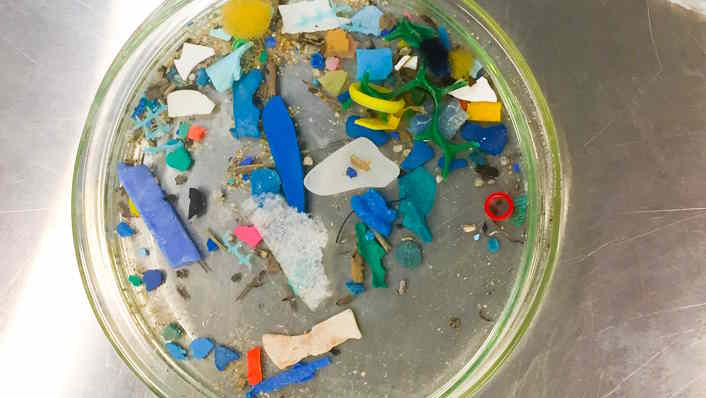
- Case studies: UK councils that excelled in food waste separation using modern, non-shredding technology have maintained agricultural land value and secured best-in-class recycling records.
- Microplastics in soil: Scientific analysis confirms the risk of degraded compost and digestate, with microplastics passing directly from waste into English farmland, and then onto dinner plates and water supplies.
- Best practices: Choose advanced, non-destructive depackagers, rigorously audit contaminant outputs, and ensure end-to-end transparency along the food waste recycling chain.
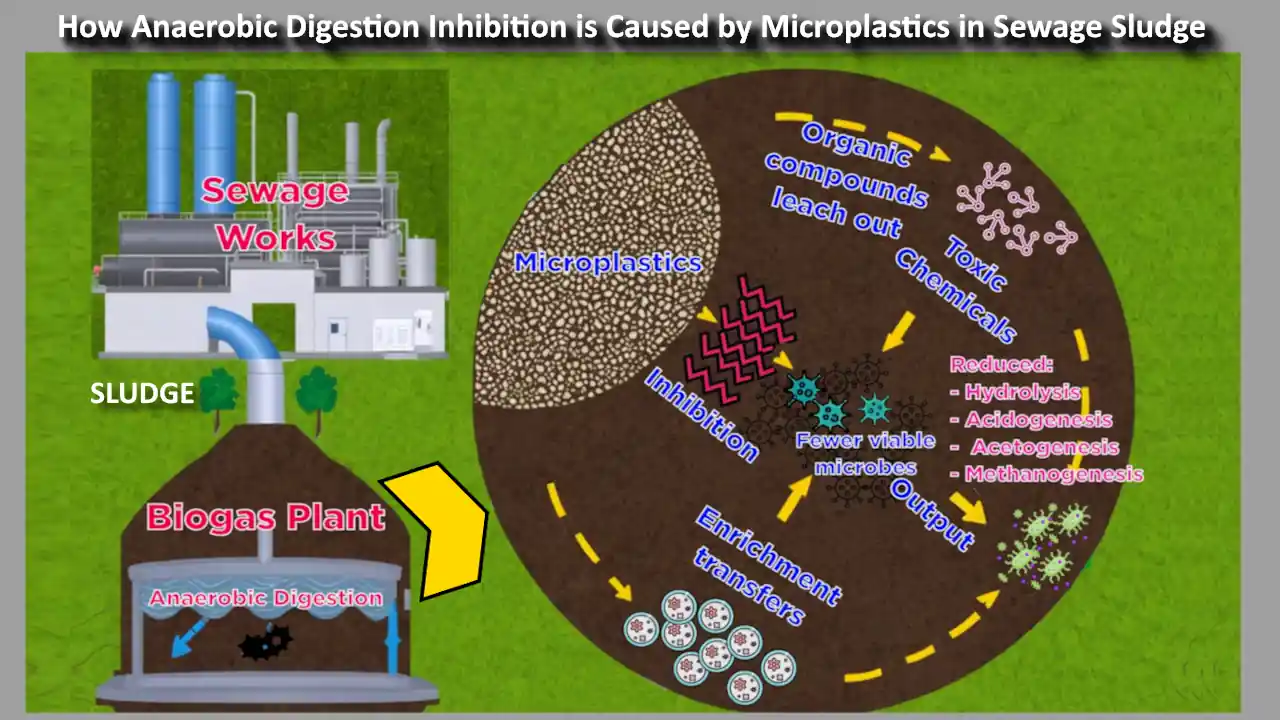
People Also Ask: Is Anaerobic Digestion the Same as Composting?
Answer: Comparing Anaerobic Digestion of Food Waste with Composting Processes
While both anaerobic digestion of food waste and composting are natural processes that recycle organic material, they differ fundamentally. Anaerobic digestion occurs in sealed tanks in the absence of oxygen and produces biogas—a renewable energy source—which can heat homes or be fed into the national gas grid.
Composting, on the other hand, requires oxygen and produces stabilised, soil-like material suitable for fertility improvement but generates no energy output.
AD is often more regulated, provides climate change benefits, and is essential to meeting UK renewable energy targets, whereas composting is simpler but less effective at recycling highly contaminated or packaged food waste streams.
People Also Ask: Is Anaerobic Digestion Recycling or Recovery?
Answer: Anaerobic Digestion Food Waste as a Circular Economy Solution
Anaerobic digestion is first and foremost a form of recycling—closing the loop by turning food and organic waste into valuable secondary products: renewable energy and nutrient-rich digestate.
However, because it can also process some contaminated or mixed waste streams, AD shares elements with recovery processes. Councils adopting robust anaerobic digestion food waste systems are central to delivering the circular economy: reducing landfill, producing clean energy, and fostering sustainable waste recycling practices across the UK.
People Also Ask: How Can Anaerobic Digestion Reduce Waste?
Answer: Waste Reduction and Value Generation Through Anaerobic Digestion Food Waste
Anaerobic digestion directly reduces the volume of food waste going to landfill, cuts greenhouse gas emissions, and transforms what was once viewed as valueless rubbish into two marketable, beneficial products.
Well-run AD processes ensure only minimal contaminants are left behind, and modern depackagers allow councils to redirect clean packaging to recycling streams.
In this way, AD doesn’t just dispose of waste—it maximises its value, helping the UK meet tough climate and waste recycling targets while lowering environmental risk for future generations.
Key Takeaways: Securing the Future with Sustainable Anaerobic Digestion Food Waste Practices
- Use of advanced depackaging reduces microplastic risk
- Councils must balance cost and environmental impact
- Robust, non-destructive sorting maximises recycling and energy recovery
- Anaerobic digestion food waste processing is crucial to meeting the 2026 Simpler Recycling UK regulations
Frequently Asked Questions: Anaerobic Digestion Food Waste
- Can all council food waste be processed by anaerobic digestion? Most food waste, including cooked leftovers, vegetable trimmings, and out-of-date groceries, can be processed by AD. However, large bones, oils, and certain packaging might need to be filtered or processed separately depending on local plant capabilities.
- What happens to rejected non-organic materials? Advanced depackaging systems preserve packaging integrity, allowing plastics, metals, and glass to be recovered for recycling. If recycling is not feasible, these high-calorific materials may be sent for energy recovery, minimising landfill dependence.
- How can residents help us improve waste recycling? Residents can contribute by separating food waste from packaging where possible, avoiding including plastics or metals in food bins, and ensuring adherence to council recycling guides. Public awareness is key to reducing contamination and maximising the benefits of anaerobic digestion food waste programs.
Conclusion: Why Modern Anaerobic Digestion Food Waste Solutions Matter for England
 By choosing the right technology and balancing costs with sustainability, councils can secure a cleaner, greener England—free of microplastic legacy and rich in renewable energy.
By choosing the right technology and balancing costs with sustainability, councils can secure a cleaner, greener England—free of microplastic legacy and rich in renewable energy.
Act Now: Clean Food Waste Recycling and Anaerobic Digestion with Drycake Twister
For information on the Drycake Twister food waste separation depackagers that separate food organics cleanly while preserving the reject materials for recycling or energy extraction visit: https://twisterseparator.com
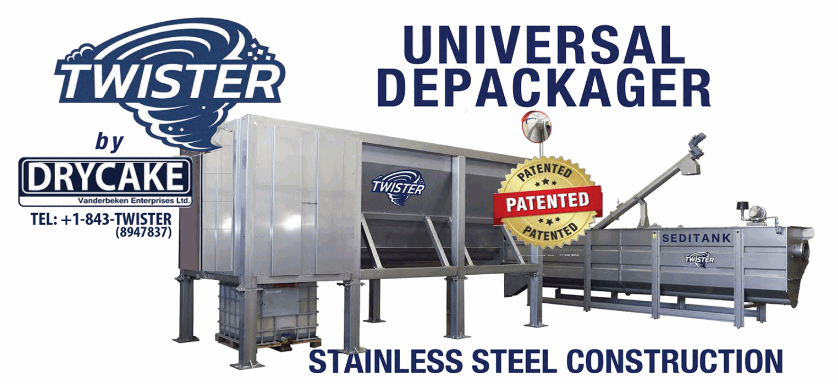
Sources
- UK Environment Act 2021 Overview
- WRAP: Anaerobic Digestion of Food Waste
- US EPA: Anaerobic Digestion
- CIWM Journal: Microplastics in Digestate
- Drycake Twister
Anaerobic digestion (AD) of food waste offers significant environmental and economic advantages. By diverting organic materials from landfills, AD reduces methane emissions—a potent greenhouse gas—and produces renewable energy in the form of biogas. Additionally, the process yields digestate, a nutrient-rich byproduct that can enhance soil health when applied as a biofertilizer. (epa.gov)
For a comprehensive understanding of how anaerobic digestion transforms food waste into energy and biofertilizer, consider reading “Anaerobic Digestion of Food Waste: What’s in the Mix?” by BioteCH4. This resource delves into the various outcomes of AD, including biogas production, electricity generation, and the creation of biofertilizer, highlighting the process’s contribution to sustainability. (biotech4.co.uk)
To explore the environmental benefits of anaerobic digestion further, the U.S. Environmental Protection Agency provides detailed insights into how AD contributes to renewable energy generation, soil health improvement, and methane emissions reduction. (epa.gov) If you’re serious about implementing sustainable waste management practices, these resources will provide you with valuable information on the benefits and processes of anaerobic digestion.

